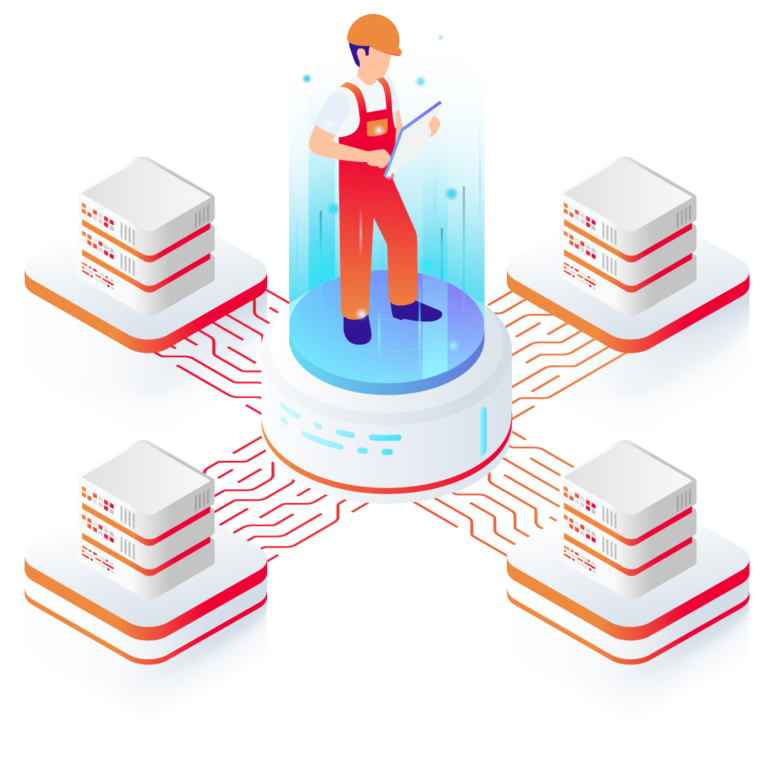Database Backup & Disaster Recovery
We'll help protect your business continuity through an effective database backup and disaster recovery strategy tailored to your individual needs.
Database Backup & Disaster Recovery is Essential to Business Continuity
Database Backup & Disaster Recovery is Essential to Business Continuity
An effective database backup and Disaster Recovery (DR) strategy is vital to guaranteeing business continuity in the digital age.
An effective database backup and Disaster Recovery (DR) strategy is vital to guaranteeing business continuity in the digital age.

In the event of a disaster, it’s vital to have the ability to immediately move operations to a safe environment replicated from the original. This, combined with the ability to restore lost data from an offline copy can mean the difference between minimal and major disruption. Also, under GDPR, organisations are being held more responsible than ever for their ability to recover personal data that they hold should anything happen to it.
Disaster Recovery for Oracle Standard Edition
We work closely in partnership with Dbvisit to help make managing Oracle Standard Edition environments less of a chore and free up more time for our clients to focus on other activities.
Designed by DBAs for DBAs, Dbvisit Standby gives you the confidence that you need to ensure business continuity and protect your existing infrastructure, whether on-premises, hybrid or in the cloud, from unexpected outages that could put your critical data at risk. It allows you to cost-effectively protect your critical data infrastructure and get more out of your existing investment in Oracle Database Standard Edition (SE), Standard Edition One (SE1) and now Standard Edition Two (SE2) software.
How we can help
The Xynomix team can advise on the most effective backup and DR strategies for your organisation. Ensuring good recoverability requires having the right strategy, the most suitable tools and deploying these tools in the most appropriate configuration. Our consultants have been doing this for years and have the experience and expertise to know what works best, no matter how unique a client’s requirements are.
Over the years we’ve assisted in many real DR scenarios, so we really know what works in practice. The backups we create for our clients are proactively monitored and maintained to ensure data is always easily recoverable in these situations.
What our customers say





































